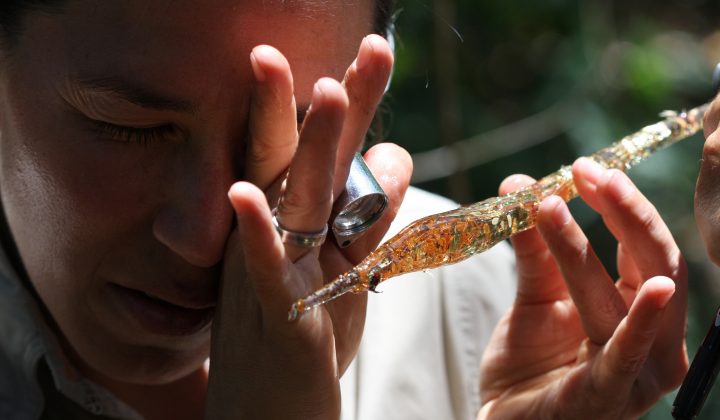Palaeozoology I Collections: Amber, Trilobites, fossil insects/ -spiders and other arthropods
Amber Collection
The amber material ranges in age from mid Cretaceous to Pleistocene/Holocene. The largest part of the collection is composed of samples of Baltic amber, but there is also amber from the Dominican Republic, Mexico, Myanmar, Austria, and copal from Madagascar, Colombia, Kenya and the Caribbean.
The earliest part of the collection is of Baltic amber donated by H. Conwentz in 1884. In the early twentieth century other small collections of Baltic amber were donated by C. von Heyden (1901) and the Frankfurt citizens A. von Gwinner (1908) and K. Dietze (1913).







